[QR Destinies]—An evolving multimedia project by Elise Racine
Inspired by Ms. Racine’s research at the University of Oxford, [QR Destinies] considers how digital health codes and pervasive surveillance technologies are reshaping our societal fabric and individual freedoms.

The [QR Destinies] project is deeply rooted in academic research. This artistic exploration draws directly from the findings and insights presented in:
Racine, E. (2023). The Far-reaching Implications of China's AI-powered Surveillance State Post-COVID. Surveillance & Society, 21(3), 269-275.

Key Research Findings
-
The COVID-19 pandemic has significantly accelerated the digitalization of public health practices worldwide, fostering a new class of pandemic-related technological solutions. These include not only AI-powered contact tracing applications, but digital health status credentials and vaccine/immunity passes.
-
At the forefront of this digital health revolution is China's Alipay Health Code app. Developed through a collaboration between government entities and the private sector, this system has become a cornerstone of the nation's pandemic response.
The system assigns users a QR code in one of three colors—green, yellow, or red—based on an algorithm that processes their health status and recent travel history. These codes control access to public spaces and transportation.
Green :
Indicates the user is at low risk
Grants unrestricted movement in public spaces
Permits use of public transportation and entry to most buildings
Yellow:
Suggests the user may have had contact with infected individuals or visited high-risk areas
Requires the user to quarantine at home for 7 days
Restricts access to public spaces and transportation
Red :
Indicates the user is high risk, either confirmed or suspected to be infected
Mandates a 14-day quarantine, either at home or in a centralized location
Severely restricts movement and access to all public spaces
The system requires users to input personal data, including their ID number, phone number, and recent travel history. This data, combined with public health records, determines the user's risk level, or code color. Each time a person's code is scanned, their identifying information and location are transmitted to central servers and law enforcement. This enables comprehensive movement tracking.
-
Originally conceived as a temporary measure to combat COVID-19, the Alipay Health Code System shows signs of function/mission creep—i.e., the gradual widening of a tool's use beyond its original purpose or scope. This suggests a potential shift towards more permanent forms of digital monitoring, sparking debates about the balance between public safety and individual rights. Some possibilities currently being explored...
Comprehensive Health Profiling:
Proposals in cities like Hangzhou aim to expand the system into a holistic health index. Plans include monitoring sleep patterns, physical activity, and substance consumption. Such expansion raises concerns about the extent of personal data collection and its implications.
Medical Data Integration:
Efforts are underway to link the application with users' medical histories. While potentially beneficial for healthcare provision, this integration blurs the lines between public health measures and personal medical privacy.
Economic and Civic Applications:
Some regions are repurposing the system for economic stimulation, such as distributing retail coupons. There are plans to transform the app into a multi-functional civic tool for accessing various government services.
National Standardization:
Initiatives are in progress to develop a unified, country-wide digital health platform. This could not only lead to more consistent health monitoring but raises questions about data centralization/security.
Ultimately, these expansions raise crucial questions about privacy, personal autonomy, and state power.
-
There is evidence of the health code system already being co-opted for purposes beyond public health. A striking example comes from the province of Henan, where authorities reportedly used the COVID app to restrict the movements of protesters:
"Hundreds of bank depositors who had lost access to their funds due to a banking crisis planned to travel to Zhengzhou to protest. Many found their health codes had suddenly turned red, despite negative COVID-19 test results, effectively barring them from public transportation and spaces. This targeted use of the health code system effectively quashed the planned protest, demonstrating how easily such technologies can be repurposed for social control." (Racine, 2023, p. 271)
This incident starkly illustrates the potential for function/mission creep, where systems implemented for one purpose (public health) are used for another (suppression). It also highlights the possible chilling effects on freedom of expression and the right to dissent.
-
The developments surrounding and expansion of China's Health Code System have serious ramifications that extend far beyond its borders.
Exporting Surveillance Systems and Know-How:
Through the Digital Silk Road—and the Belt and Road initiative more broadly—China has the potential to export its model of digital authoritarianism and advanced surveillance technologies to other countries, particularly those with fragile democratic systems. The misuse of health codes to control protesters in China further sets a concerning precedent that could be replicated elsewhere.
International Adoption:
Several countries have already sought Chinese expertise in developing their own digital surveillance capabilities, often to monitor opposition groups. For instance, Huawei technicians have helped governments in Uganda and Zambia spy on political opponents, while Zimbabwe is developing a national facial recognition program with a Chinese company. This trend could lead to a wider acceptance of pervasive digital monitoring systems worldwide.
The Pandemic as a Catalyst:
The COVID-19 crisis has accelerated the global adoption of surveillance technologies. There's a risk that emergency measures implemented during the pandemic may become normalized and persist beyond the crisis.
Shifting Power Dynamics:
The proliferation of these technologies could alter the balance of power between citizens and states worldwide. There's potential for an international bloc of digitally authoritarian states to emerge, challenging democratic norms like privacy and freedom of expression on a global scale.
-
The rise of digital health surveillance systems, as exemplified by China's Health Code System, has significant biopolitical implications.
Expansion of Governmentality:
These AI-powered tools extend modes of governmentality into novel digital spaces. And in adding new dimensions to existing surveillance systems, they more comprehensive mechanisms for population management.
Normalization of the Body:
Increased health data collection and analysis contribute to a more granular understanding of what constitutes a 'normal' or 'healthy' body. This data-driven normalization may lead to increased pressure for individuals to conform to certain health standards.
New Forms of Social Sorting:
Health codes create new and expanded categories for sorting individuals, potentially leading to novel forms of and justifications for discrimination and/or exclusion. Consequently, they may reinforce and/or exacerbate disparities and inequities.
Embodiment of Control:
Digital health codes make the abstract concept of biopolitical control more tangible and ever-present in daily life. This constant awareness of being monitored may lead to internalized self-regulation, including of health-related behaviors. However, this self-regulation may extend beyond health, potentially impacting freedom of expression and the willingness to dissent. For instance, individuals, knowing their movements and associations are tracked, may hesitate to participate in protests or express opinions critical of authority. This chilling effect threatens the foundations of civil society and democratic participation. Moreover, the blurring of health surveillance with social control creates a powerful mechanism for suppressing dissent without overt censorship or force.
Redefinition of Citizenship:
Access to public spaces and services becoming contingent on health status represents a shift in the conception of citizenship rights. This ties biological status more closely to civic participation, potentially altering the social contract between citizens and the state.
-
The shift in global health governance towards framing of health issues as security threats, including in the context of the COVID-19 pandemic, has far-reaching consequences.
Exceptional Measures Become Normalized:
The pandemic has justified the implementation of extraordinary surveillance measures. There's a risk of these exceptional measures becoming normalized and extended beyond the crisis, a phenomenon known as the "emergency trap."
Militarization and Prioritization of Health Issues:
Health issues are increasingly addressed with security-oriented approaches. This shift can lead to more coercive or invasive public health strategies. Furthermore, framing these issues as security threats may lead to their prioritization over other social or economic concerns. This could result in disproportionate resource allocation or policy responses that exacerbate existing disparities.
Geopolitical Impacts:
Health securitization may lead to more restrictive border policies or the use of health statuses as a geopolitical tool. These dynamics often reinforce global power imbalances, echoing colonial-era practices. For instance, health data collected through these systems may be exploited by more powerful nations or corporations, raising concerns about data colonialism. Furthermore, common narratives can perpetuate stereotypes about disease origination/spread, targeting countries in the Global South.
Technological Solutionism:
The security framing often promotes technological solutions—such as health credentialing and surveillance systems—as primary responses to health crises. This approach may overshadow other important public health strategies or social determinants of health.
Erosion of Individual Rights and Potential for Abuse:
Securitization can justify greater intrusions into or restrictions on personal rights, like privacy, in the name of collective health security. This erosion may persist beyond the immediate health crisis. In part because securitization also provides powerful rhetoric/narratives that can be exploited for political purposes. As we've discussed, there's a risk of public health technologies being misused as tools for social control or suppression.
The global/biopolitical implications and the process of health securitization are closely intertwined, collectively reshaping the relationship between individuals, their health, and the state. As digital health surveillance systems evolve, it becomes crucial to critically examine these dynamics to ensure that public health technologies do not unduly compromise individual rights or amplify social inequalities.

Artistic Translation
[QR Destinies] takes these research findings as a starting point for creative exploration. Through various artistic mediums—including haiku and digital art—Ms. Racine aims to:
Visualize the invisible infrastructure of digital health surveillance
Explore the emotional and psychological impacts of living under such systems
Provoke thought about the long-term societal implications of these technologies
Imagine potential futures where these systems have evolved beyond their original purposes
Highlight the tension between public health measures and civil liberties, particularly the right to protest
By translating academic research into accessible art forms, [QR Destinies] seeks to engage a broader audience in critical discussions about surveillance, public health, personal freedom, and the right to dissent in our increasingly digitized world.
*Note: [QR Destinies] is on-going project that continues to evolve as these tools and societal responses—to both them and surveillance more broadly—change.
As surveillance technologies become more sophisticated and ubiquitous, art serves as a powerful medium to question, understand, and potentially reshape our relationships with these systems.

Engage with [QR Destinies]
Through this project, you can:
Experience how art makes complex, abstract concepts tangible and emotionally resonant
Join a larger conversation about the future we're collectively shaping, informed by real-world data and scholarly analysis
As you journey through [QR Destinies], we encourage you to reflect on your own experiences and perspectives.
How do you see the themes of surveillance playing out in your life? What futures can you imagine based on current trends in digital health monitoring ?
Consider the following:
How has the balance between public health initiatives and personal privacy shifted in recent years?
In what ways have health-related technologies, like contact tracing apps or digital health passes, influenced your daily life?
Can you envision a future where health surveillance becomes as ubiquitous as social media? What might be the benefits and risks?
*Remember, your insights and creative responses are valuable! We invite you to share your thoughts, create your own works inspired by these themes, or collaborate with others in our community.

Absentminded, code
spills forth. Gulping bytes. Greedy.
Until I am whole.


















My Invisible Cage
But do you see it?”
she asked. “Not now my dear—Go
play with big brother.”


















Digital Doubles
With each click, and
every gesture, pixels sharpen
— my other rendered.



























One. Zero. One. Red.
Longing for the other side—
the green grass beneath.



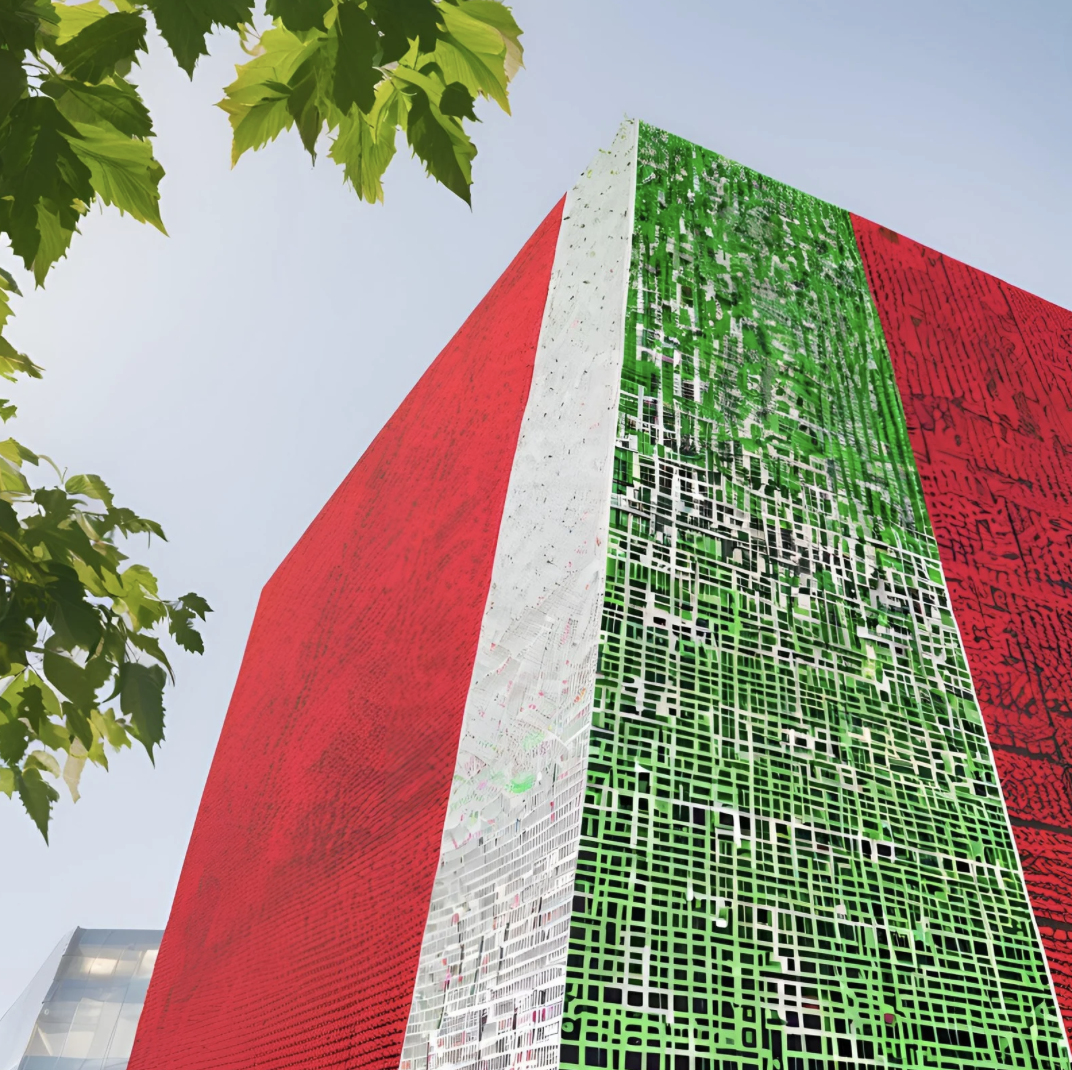
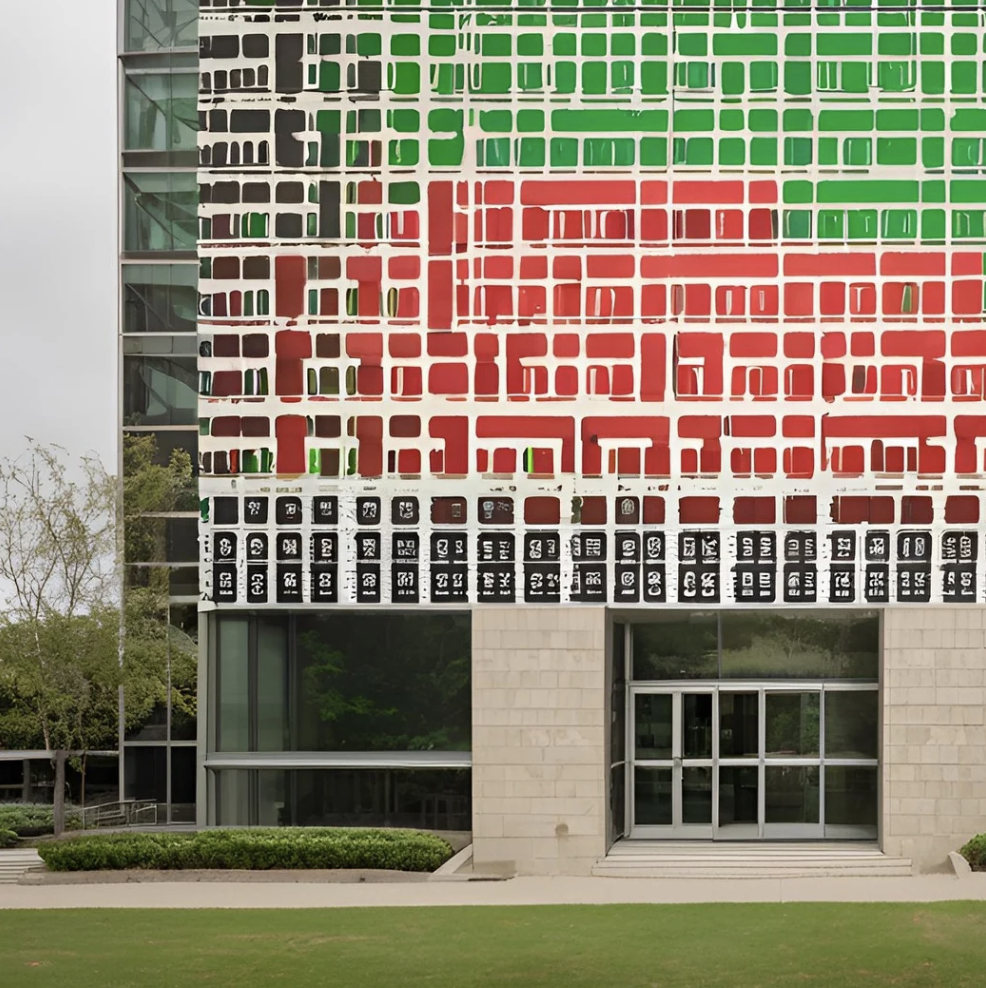

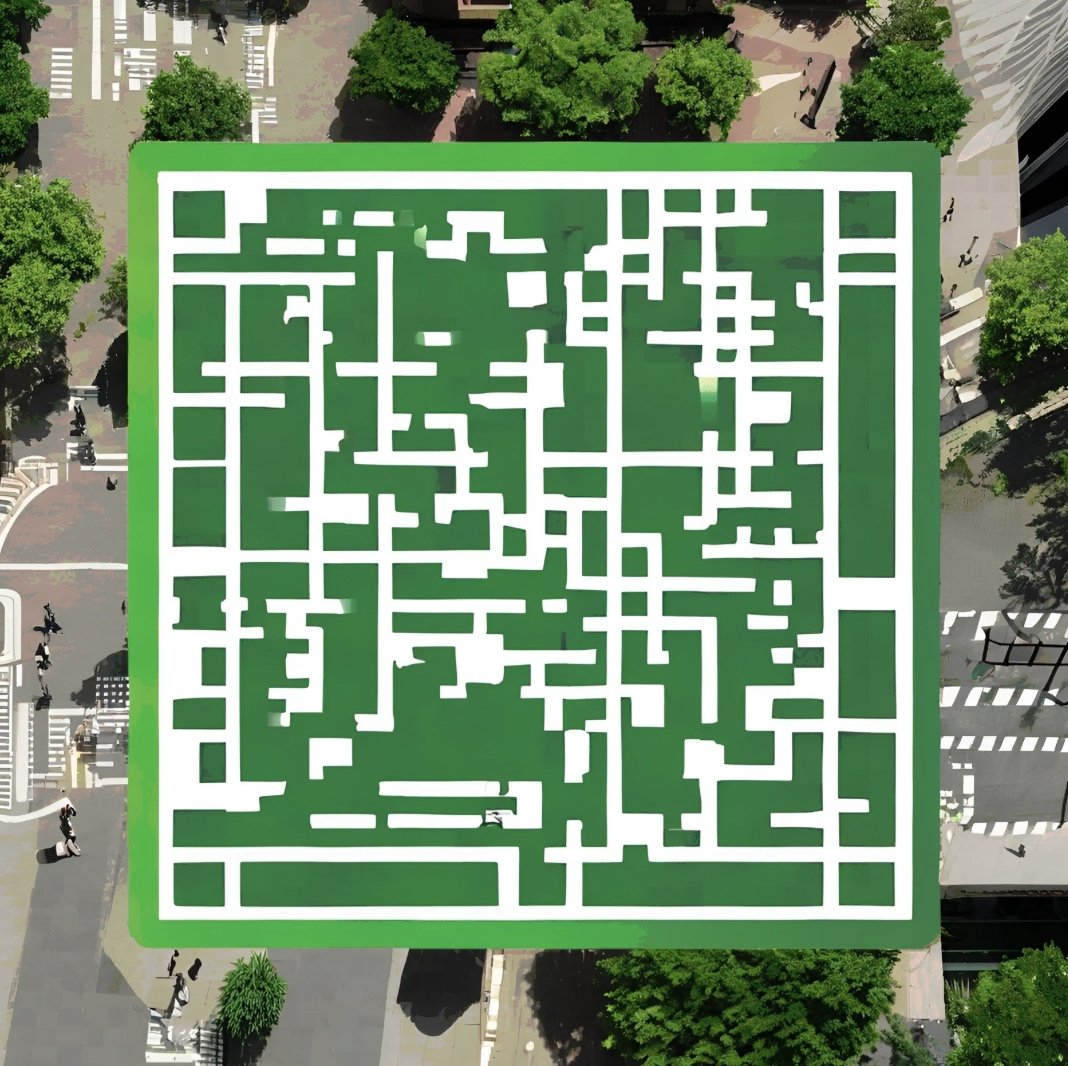

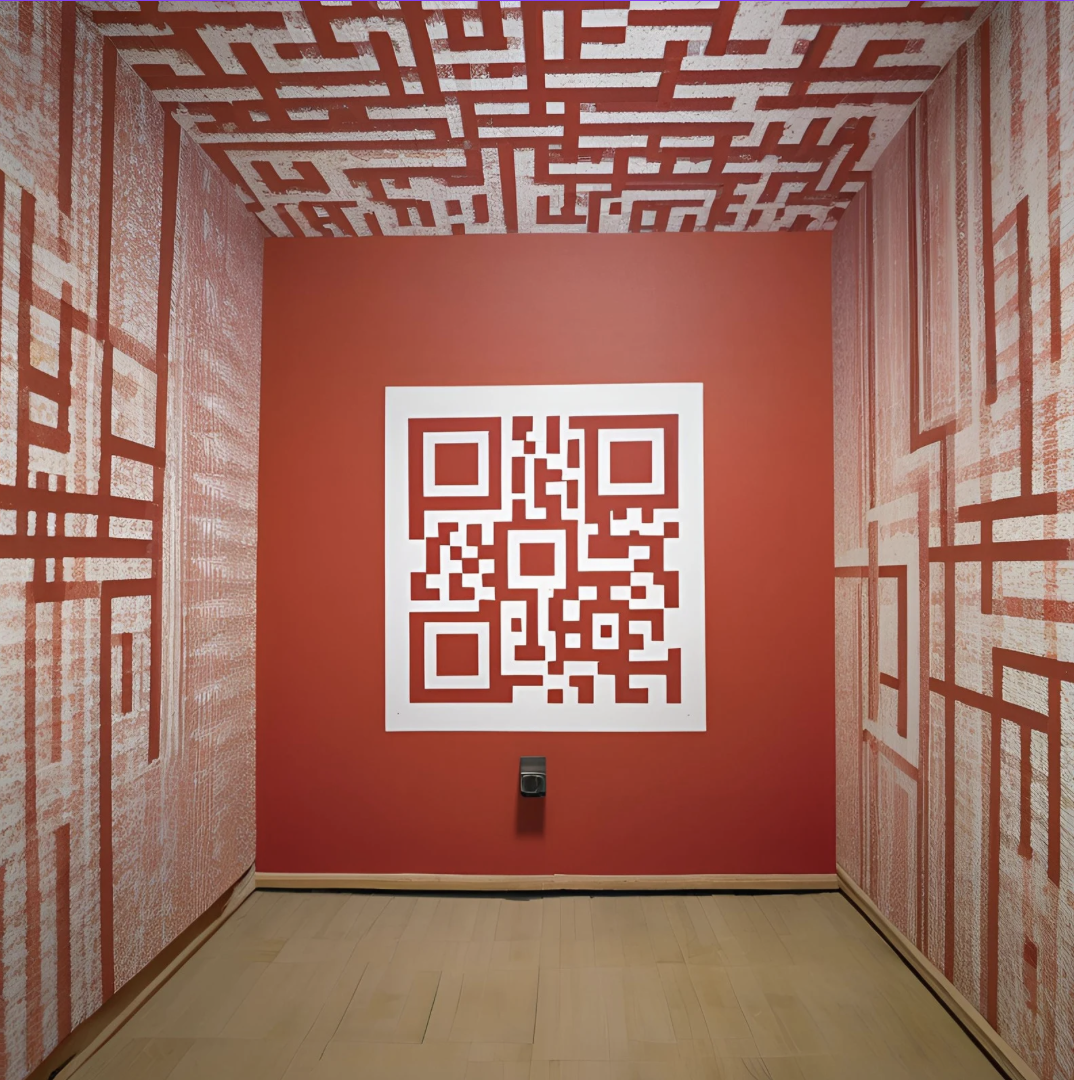
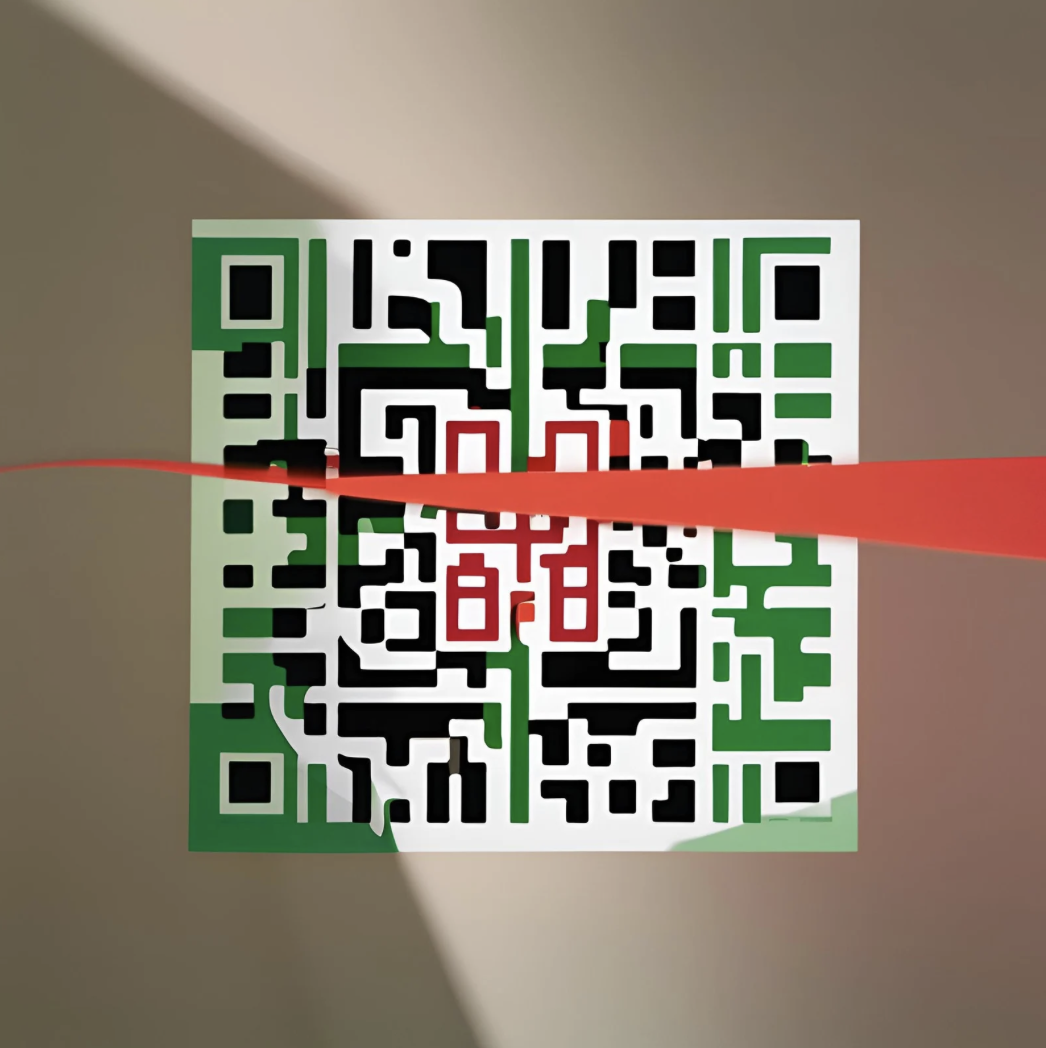
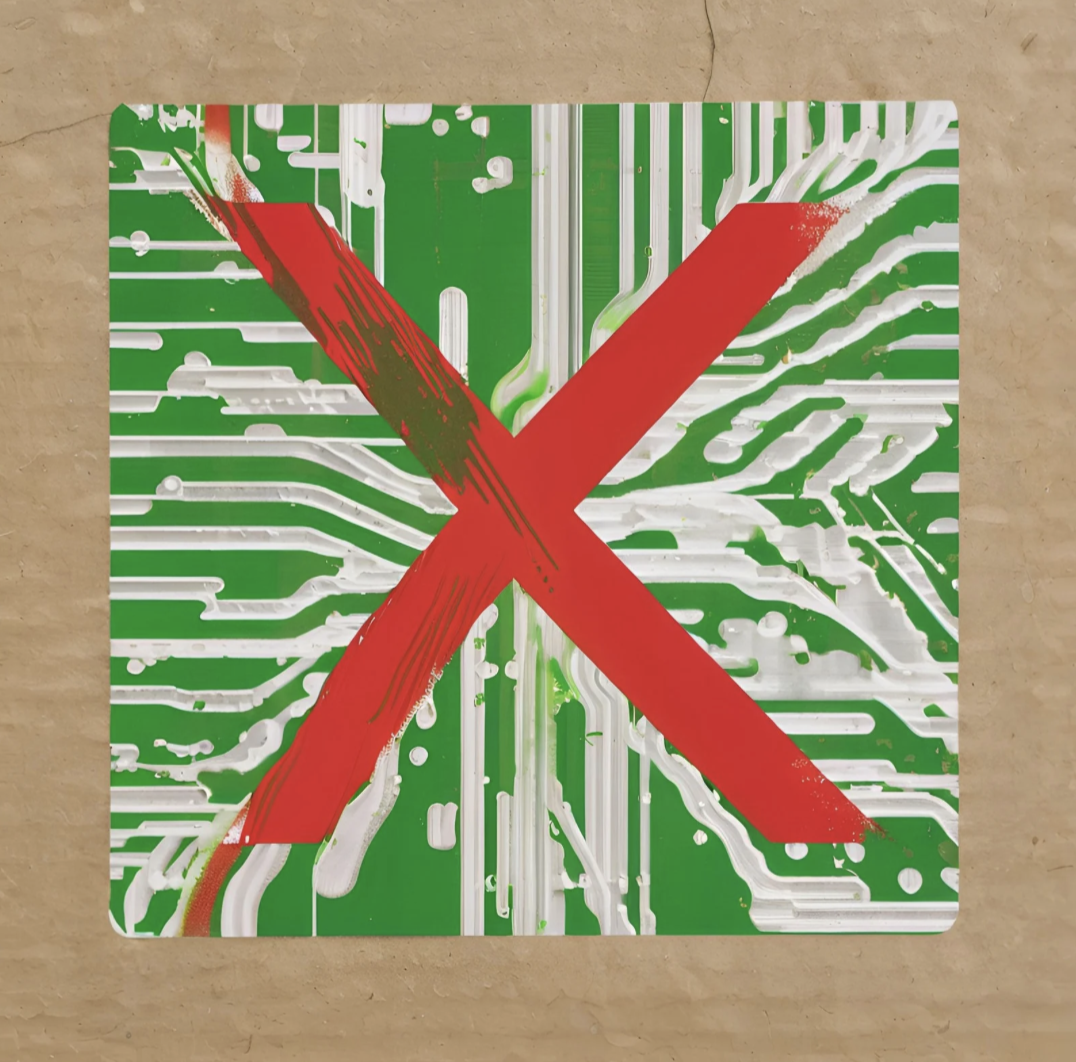
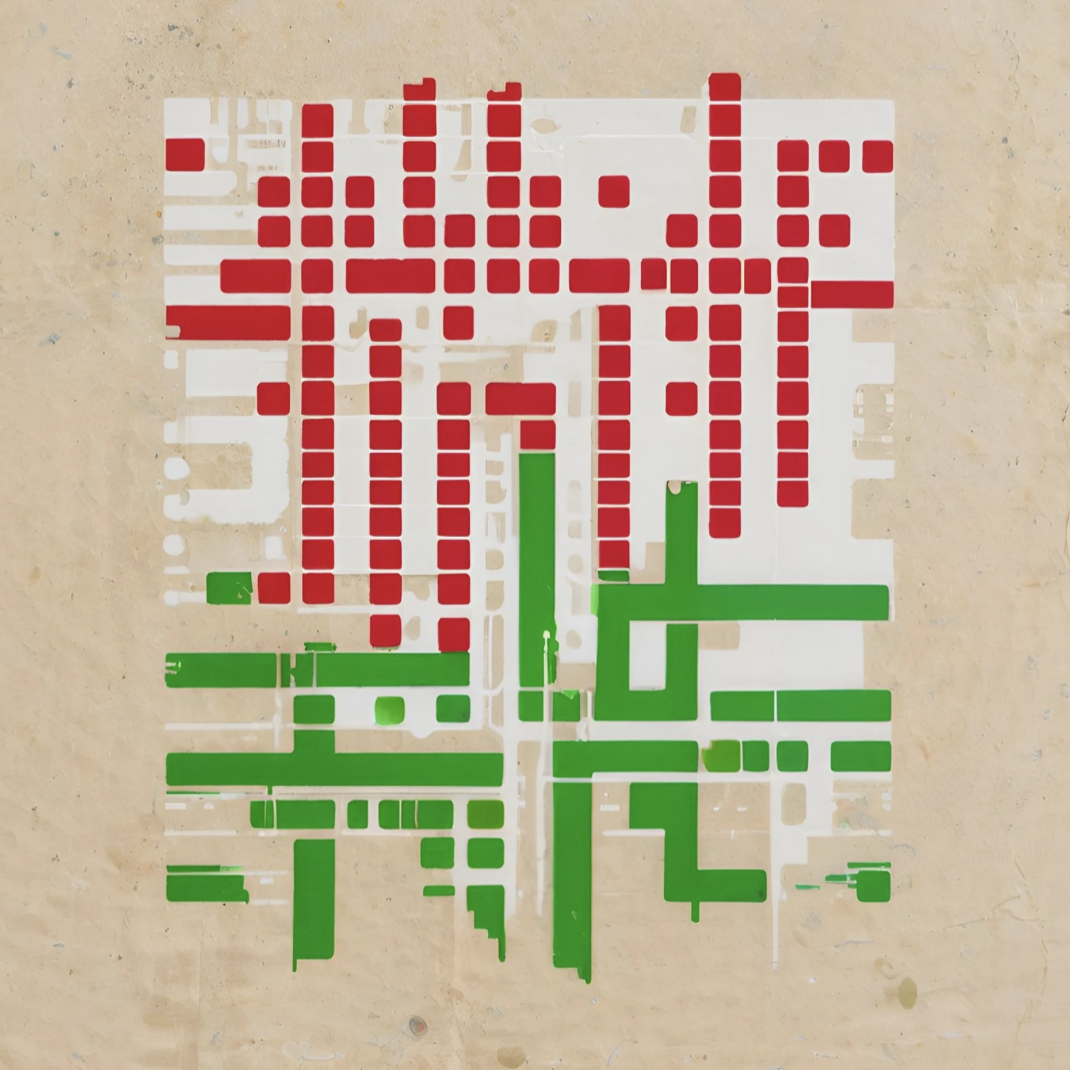
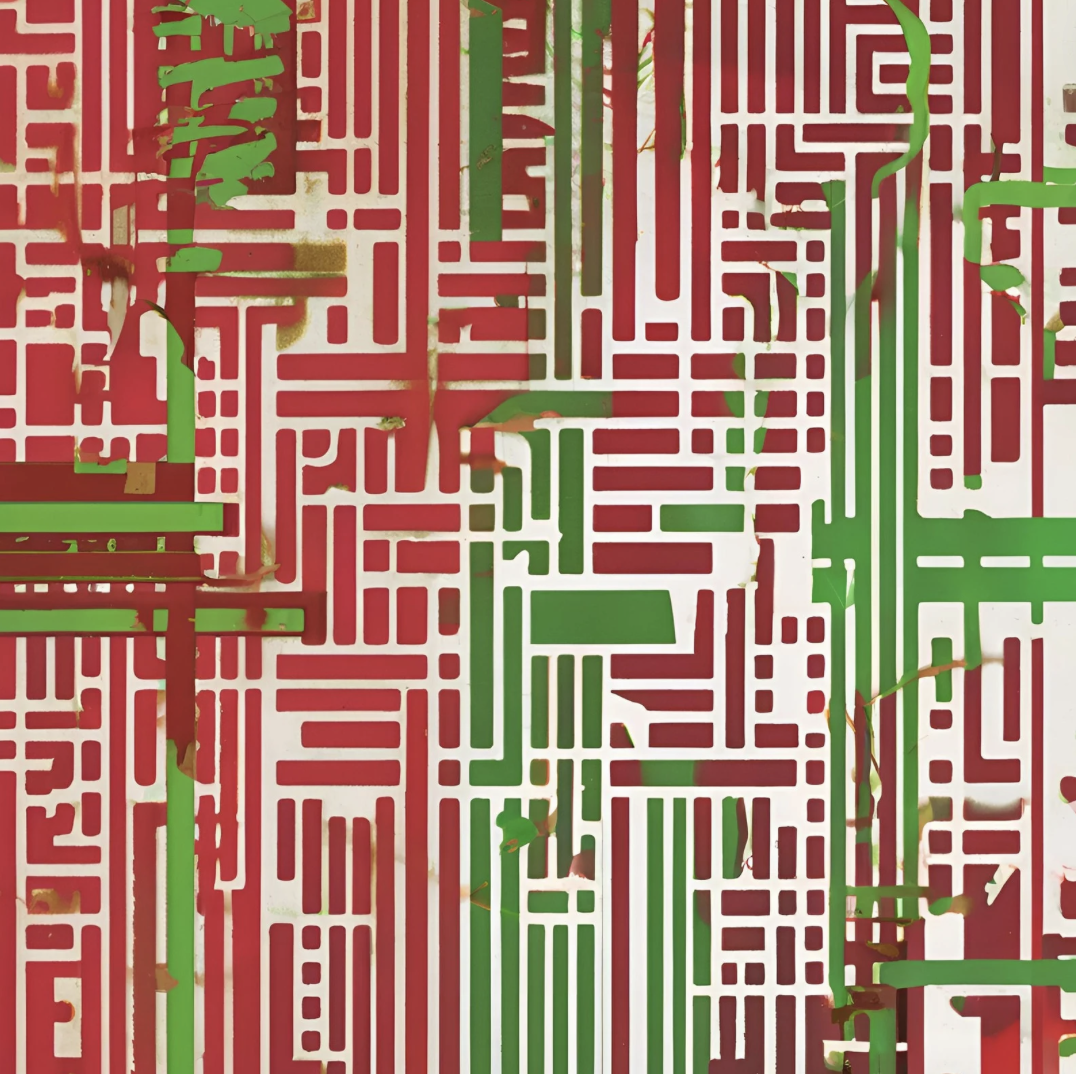
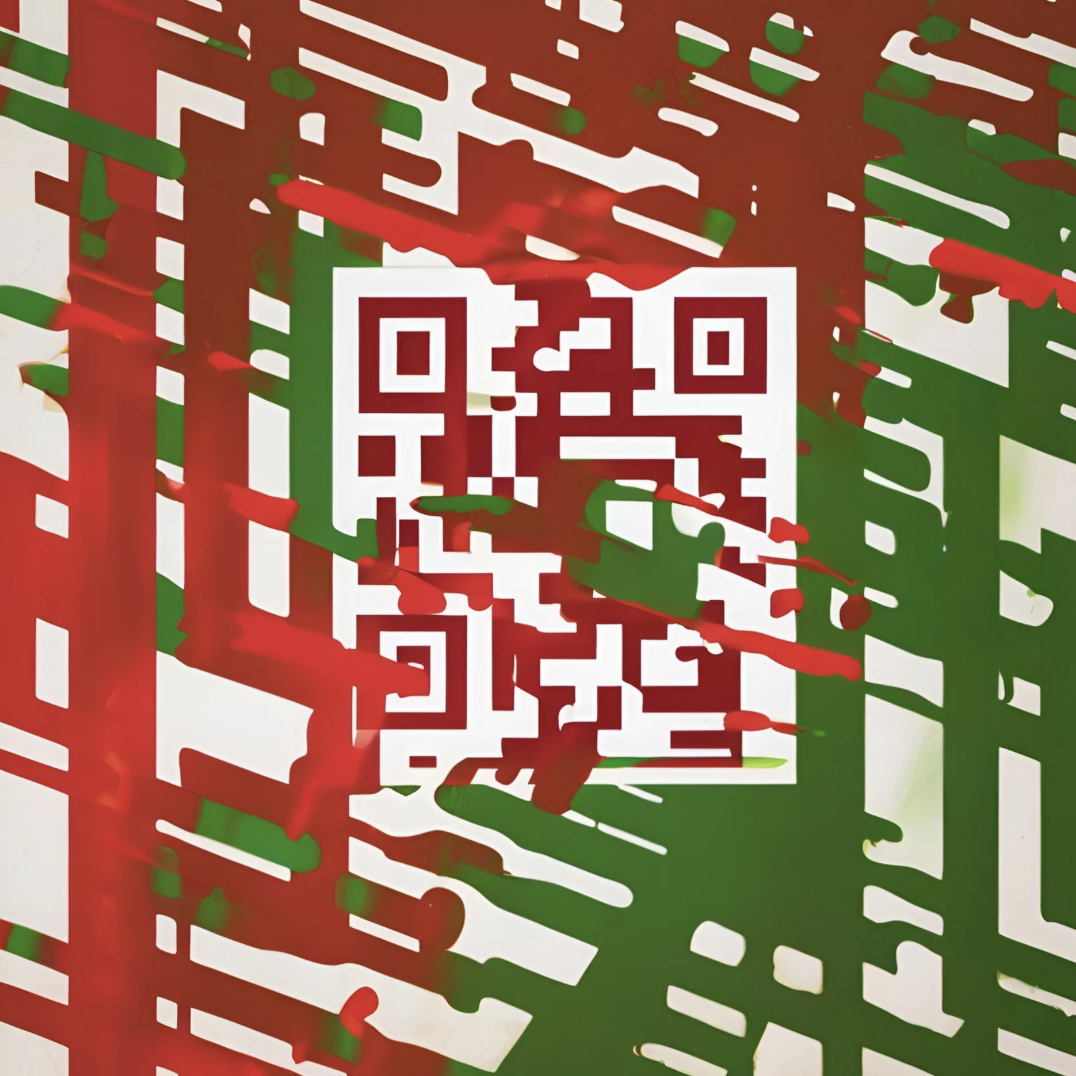
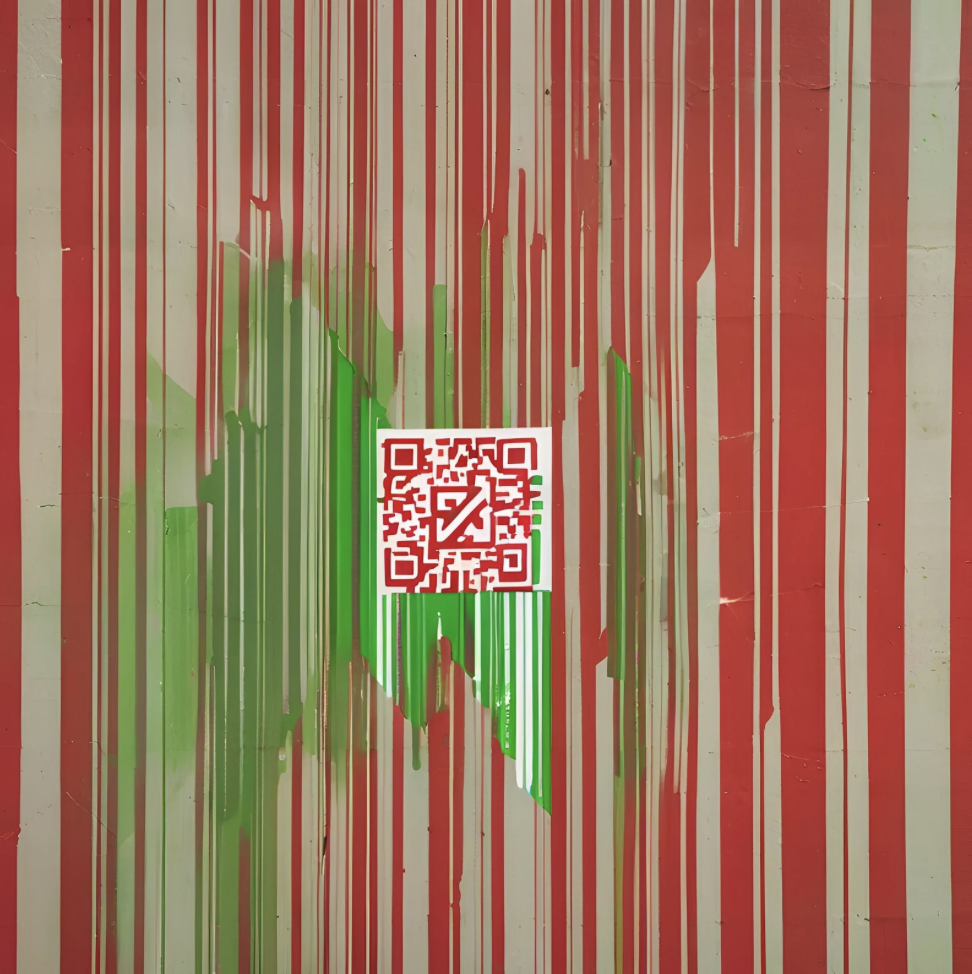
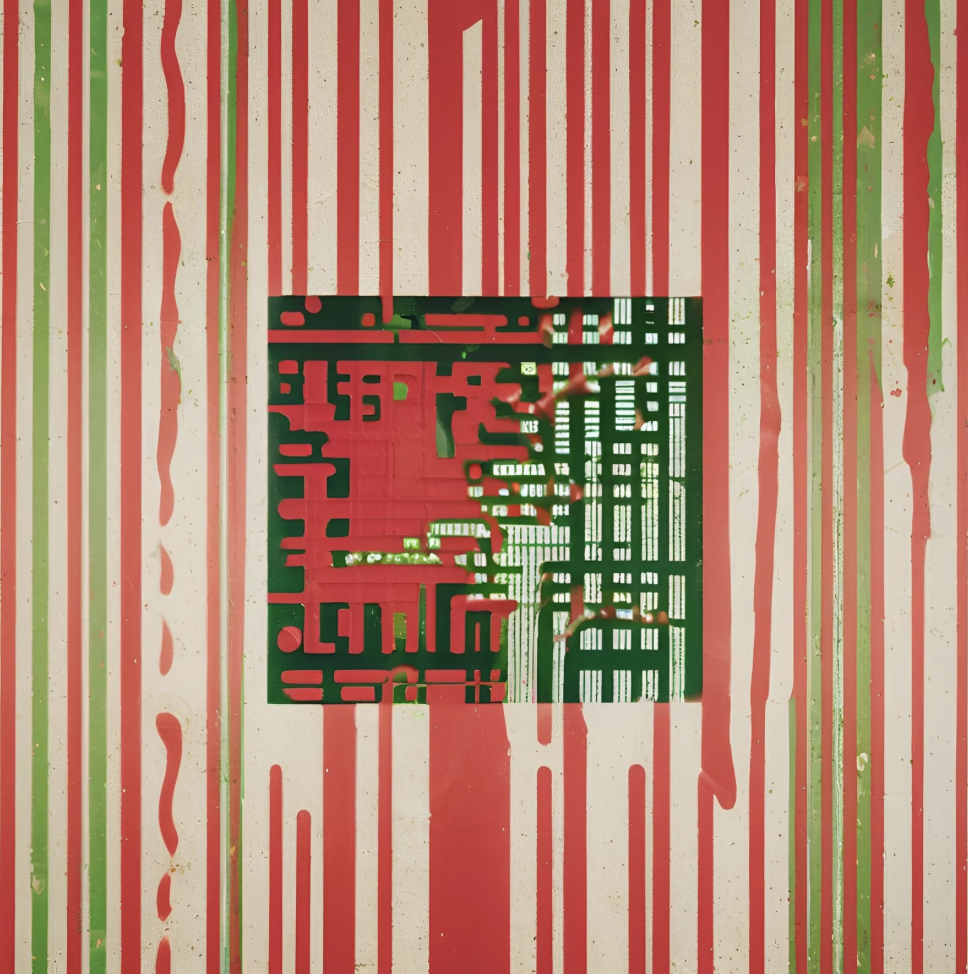
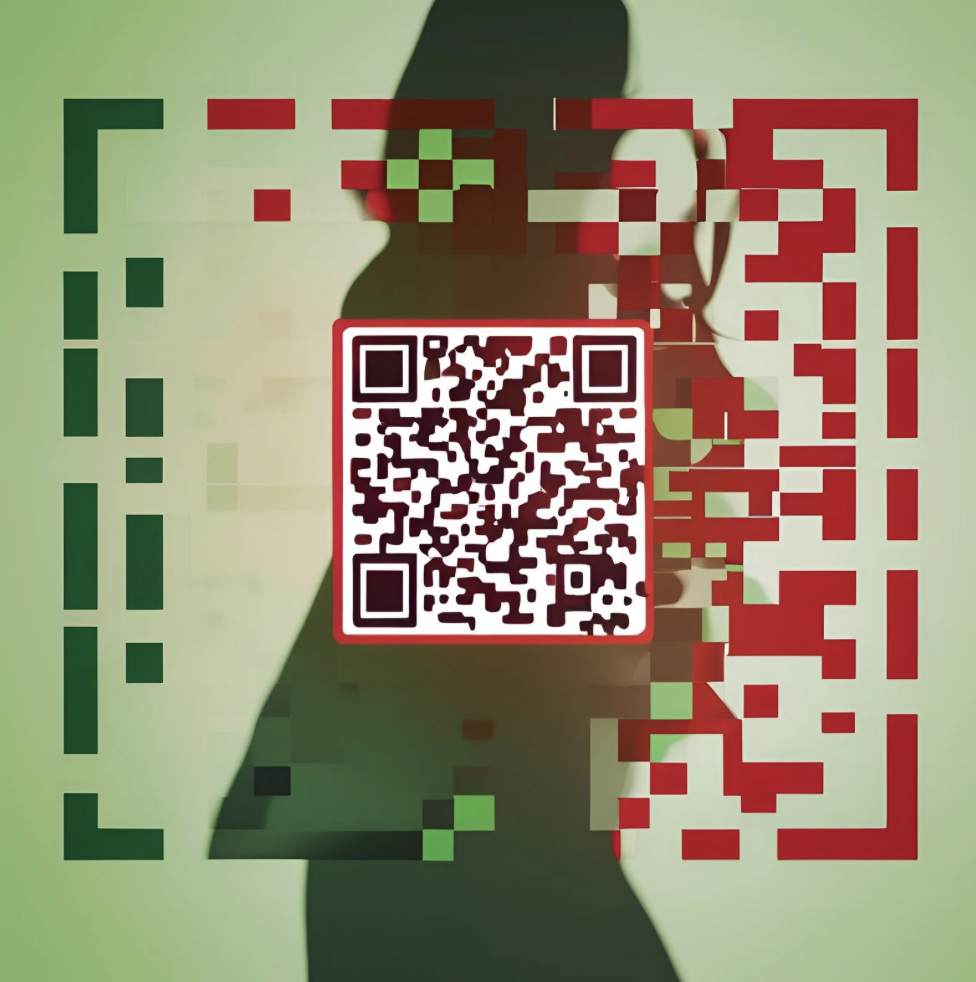
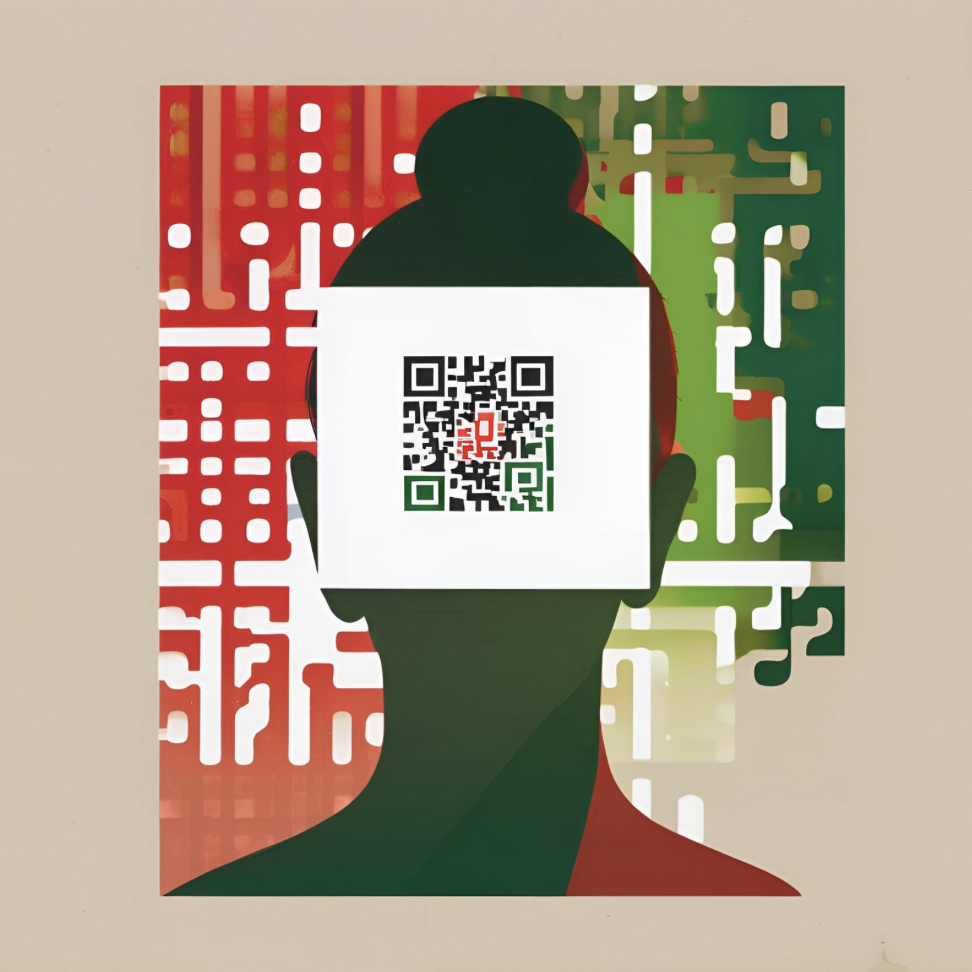

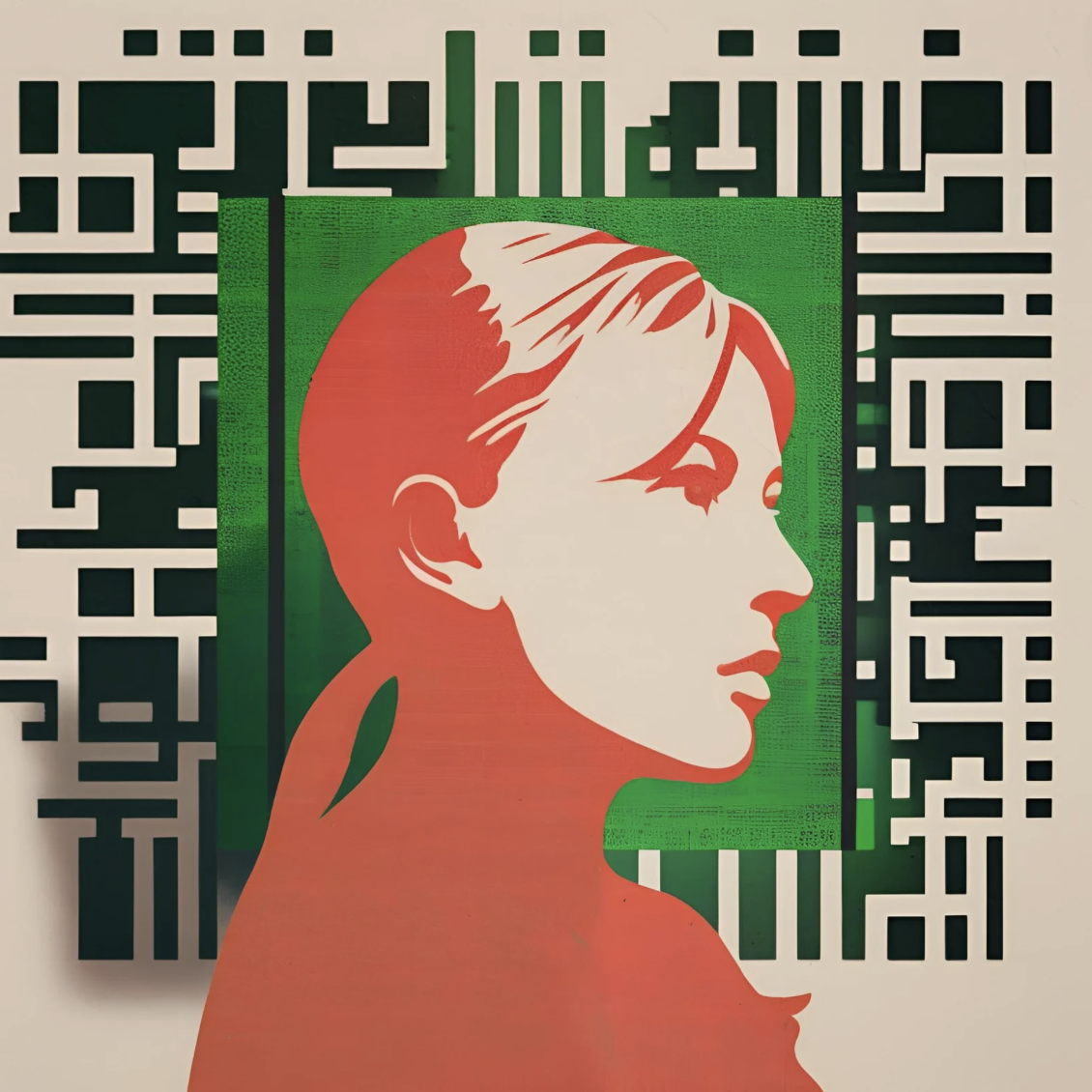
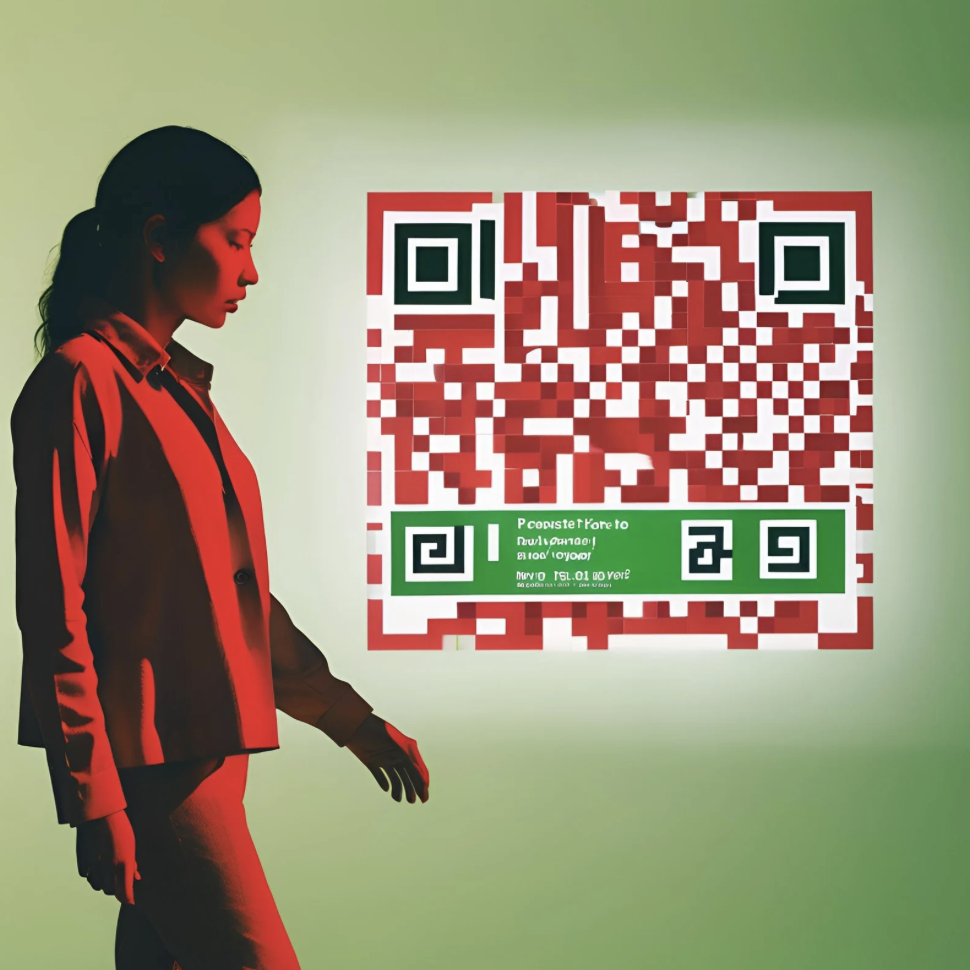
For my next trick… I’ll
vanish, bit by bit! Escape.
exe (Not Found)
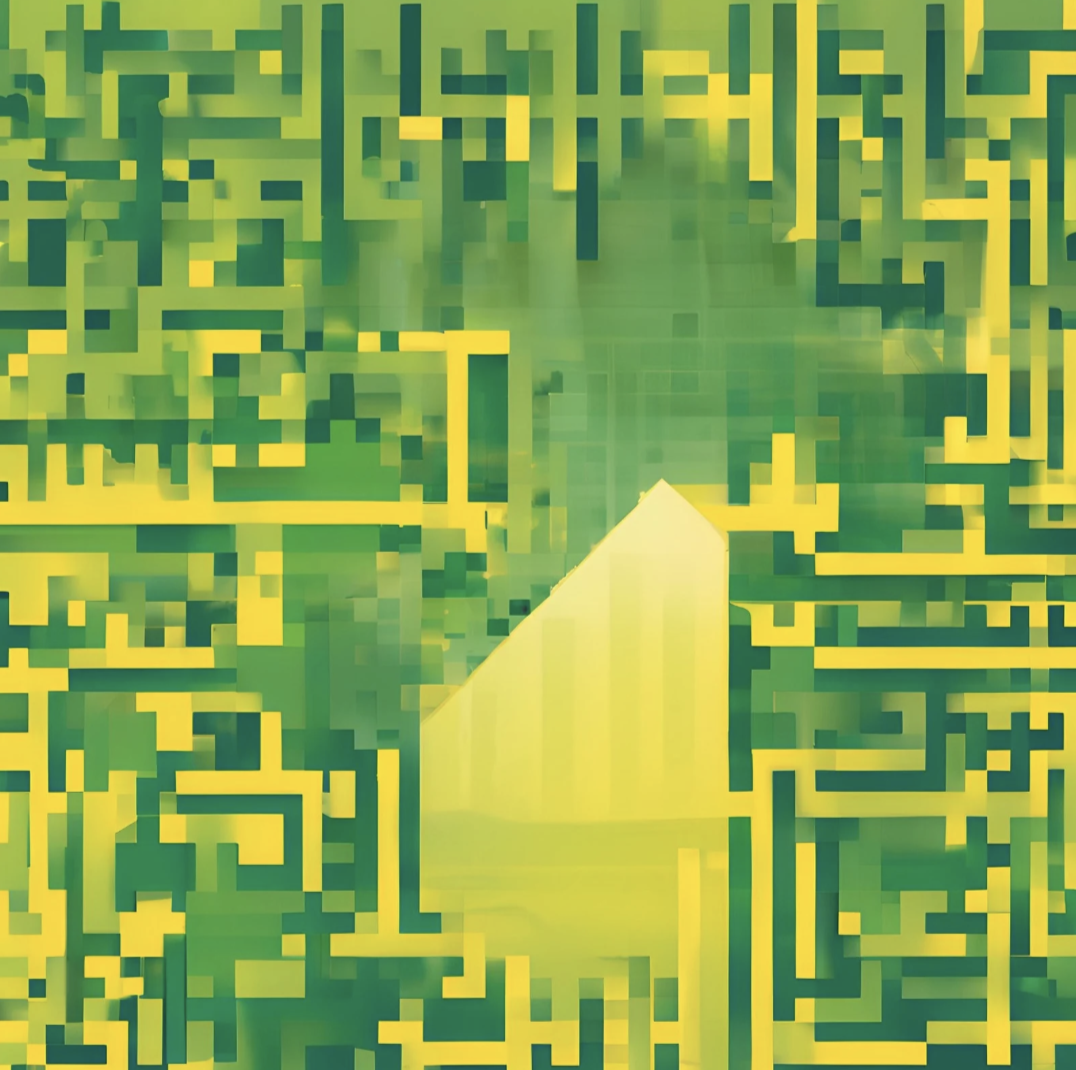
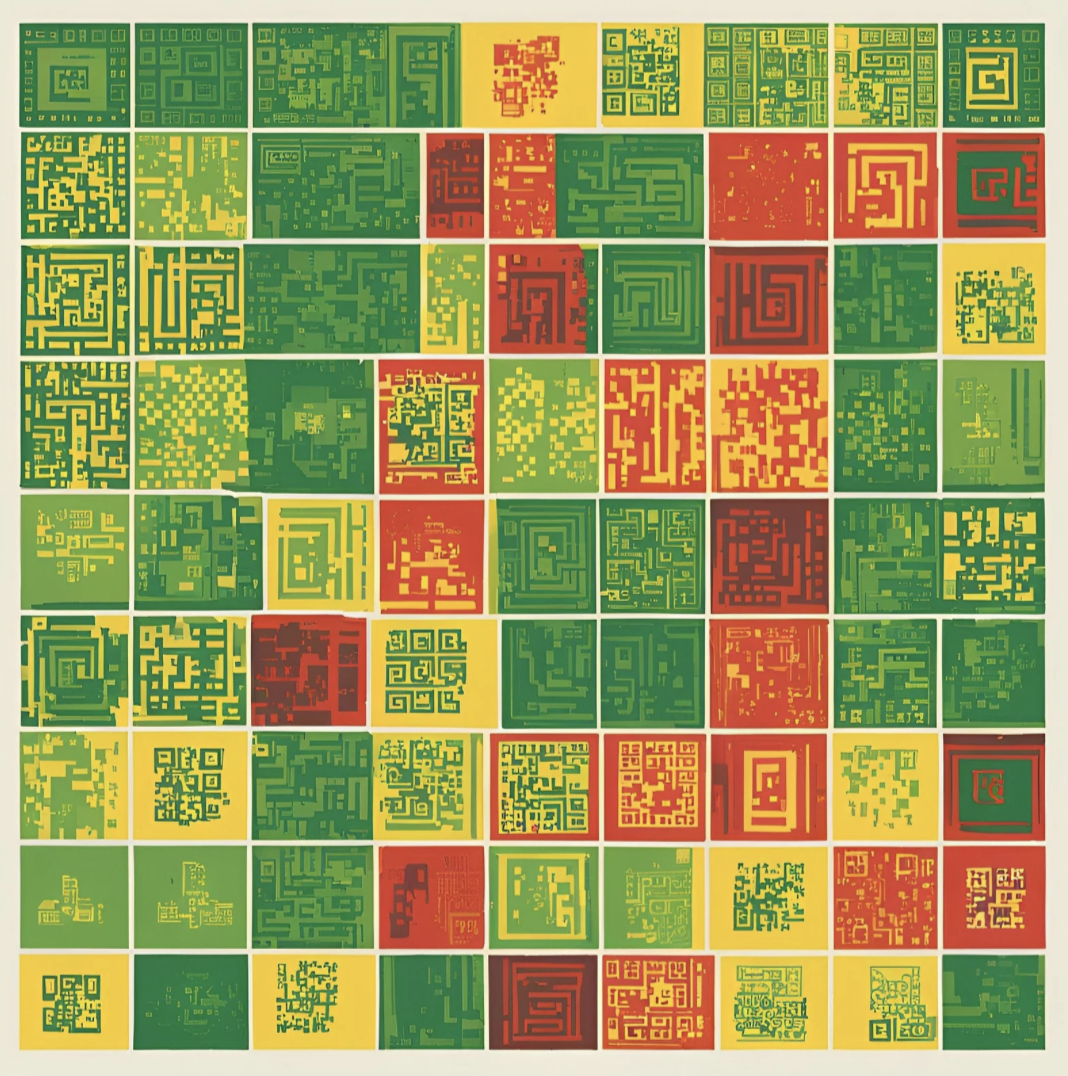
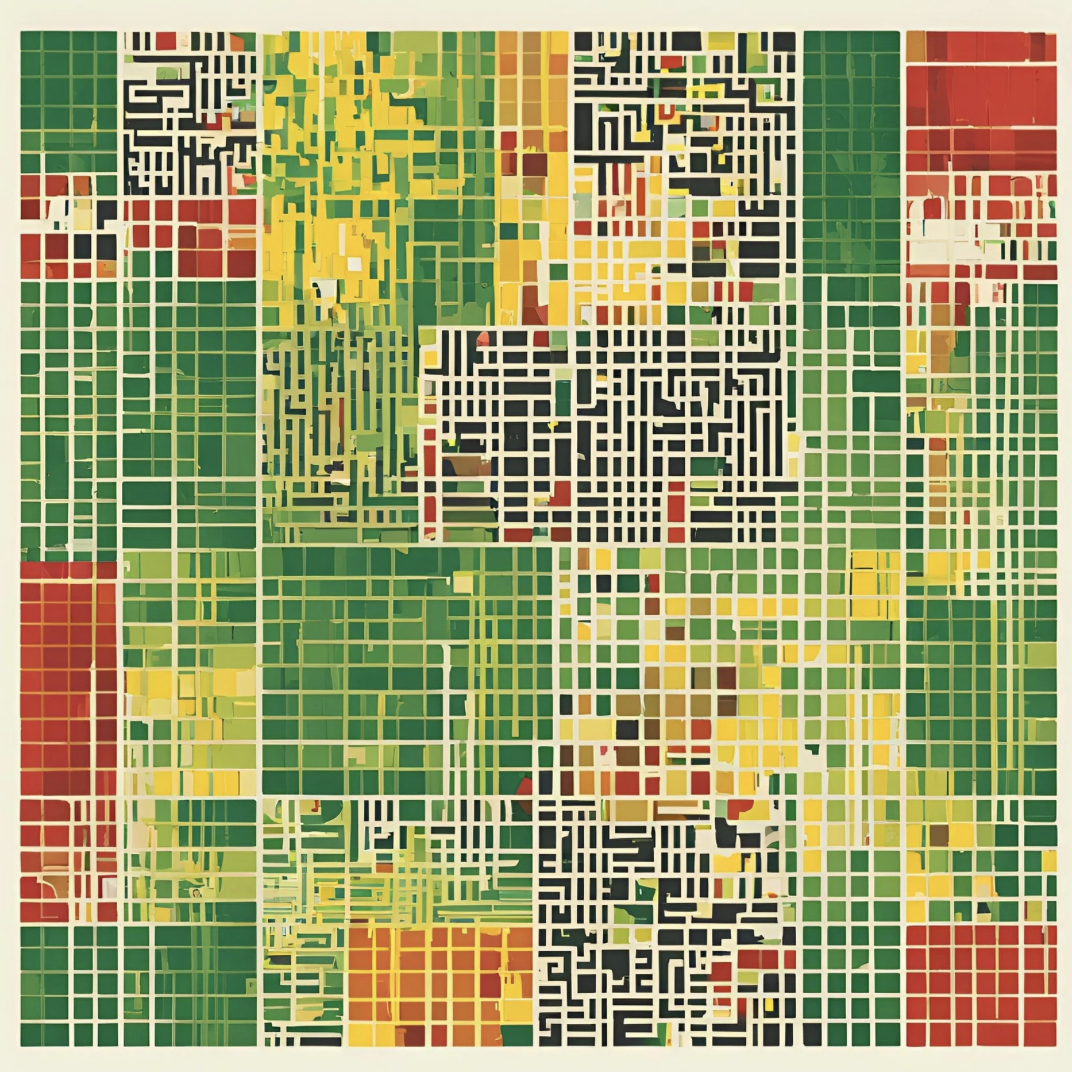

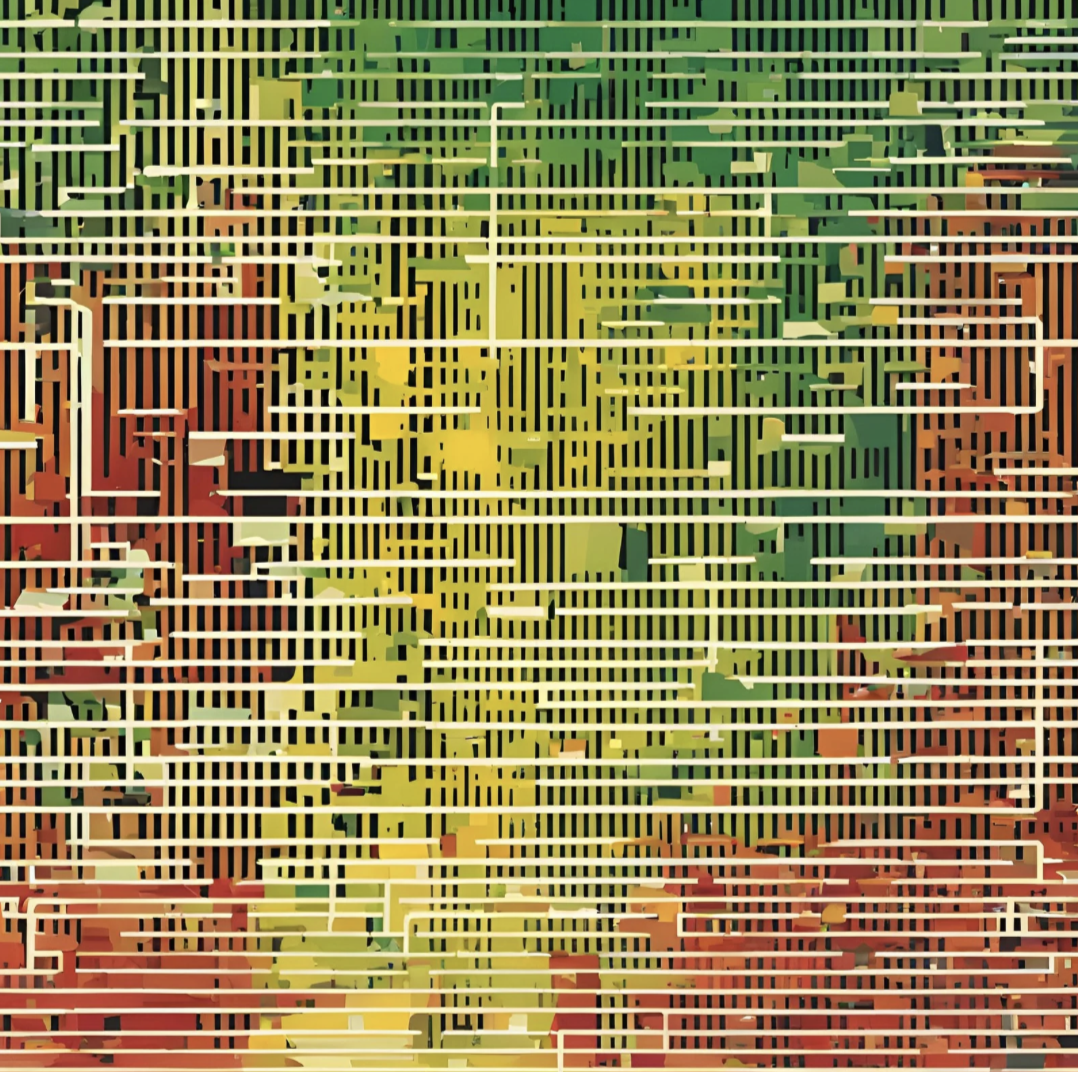
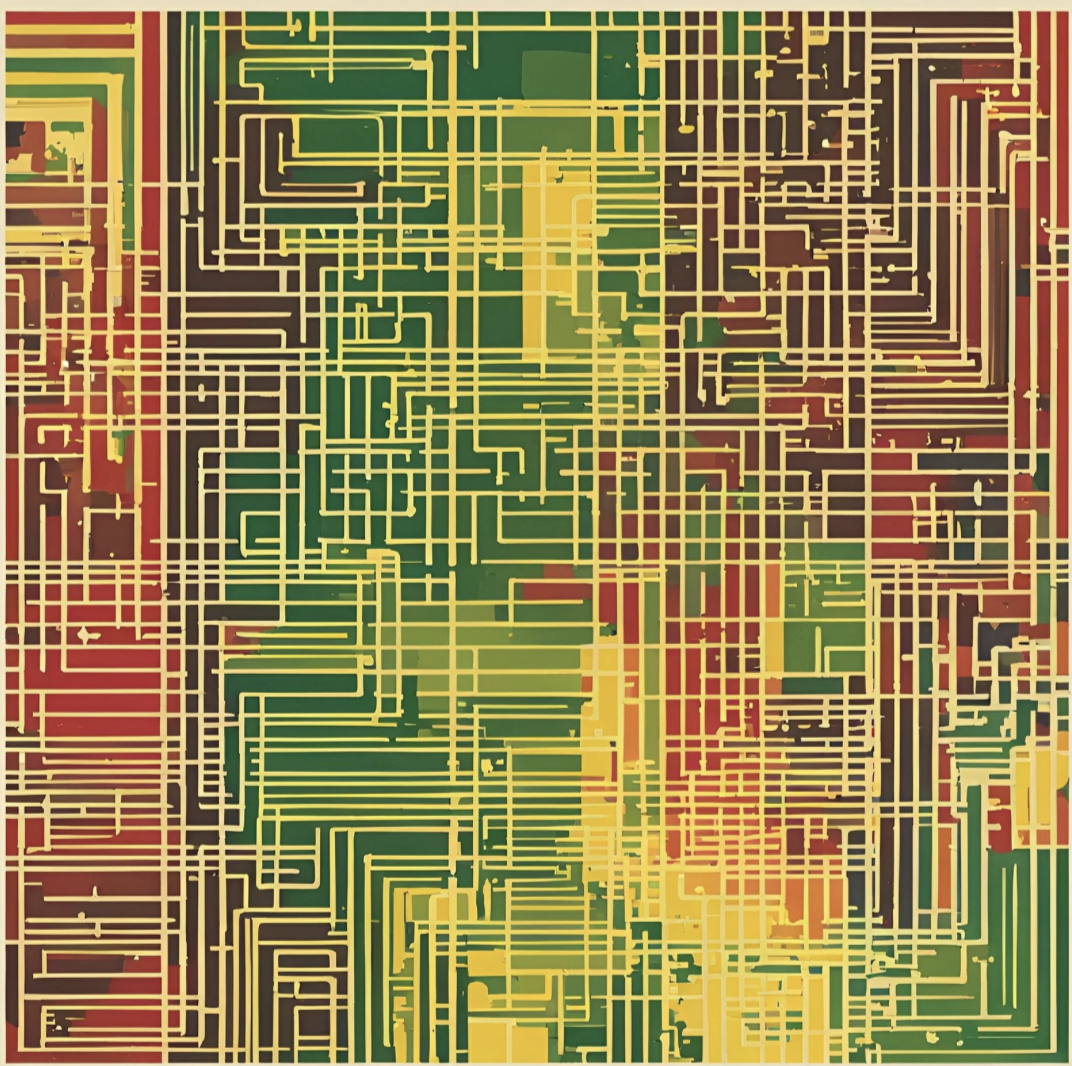

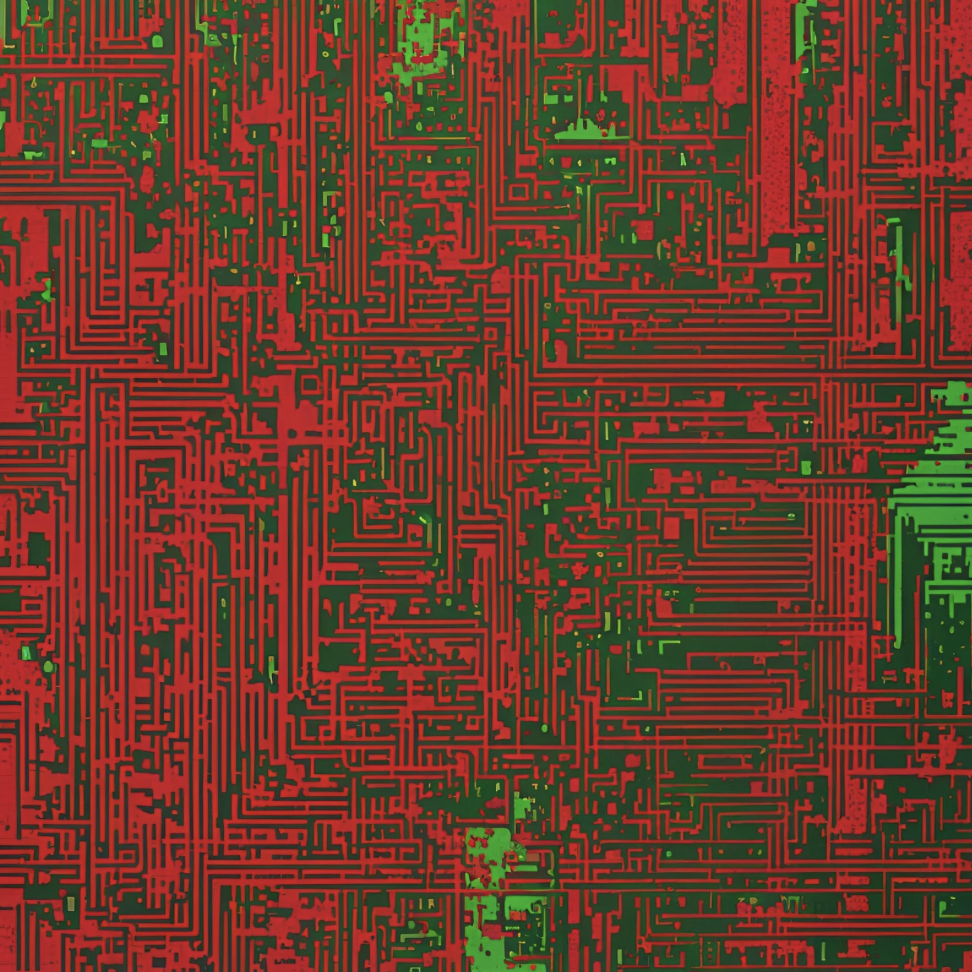
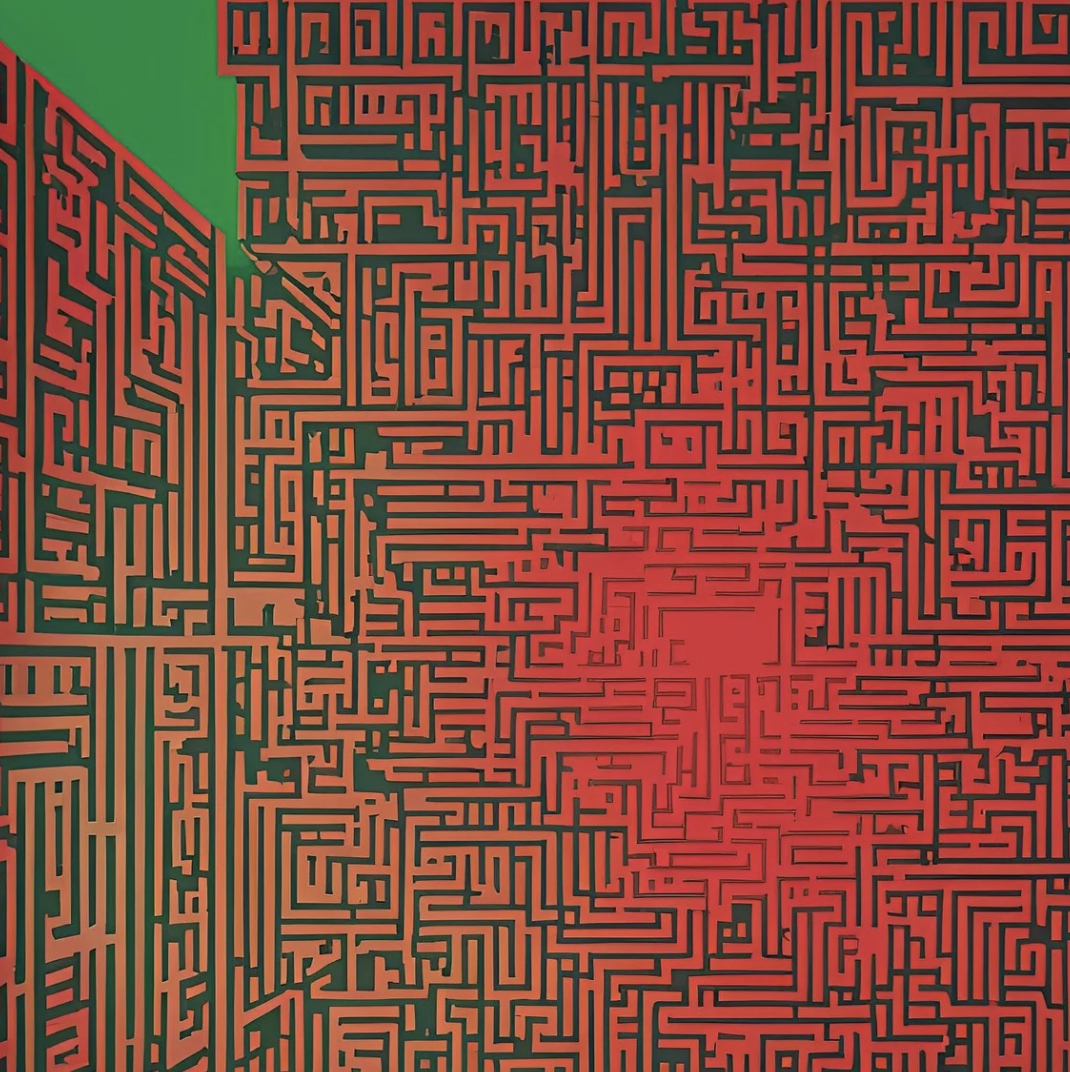
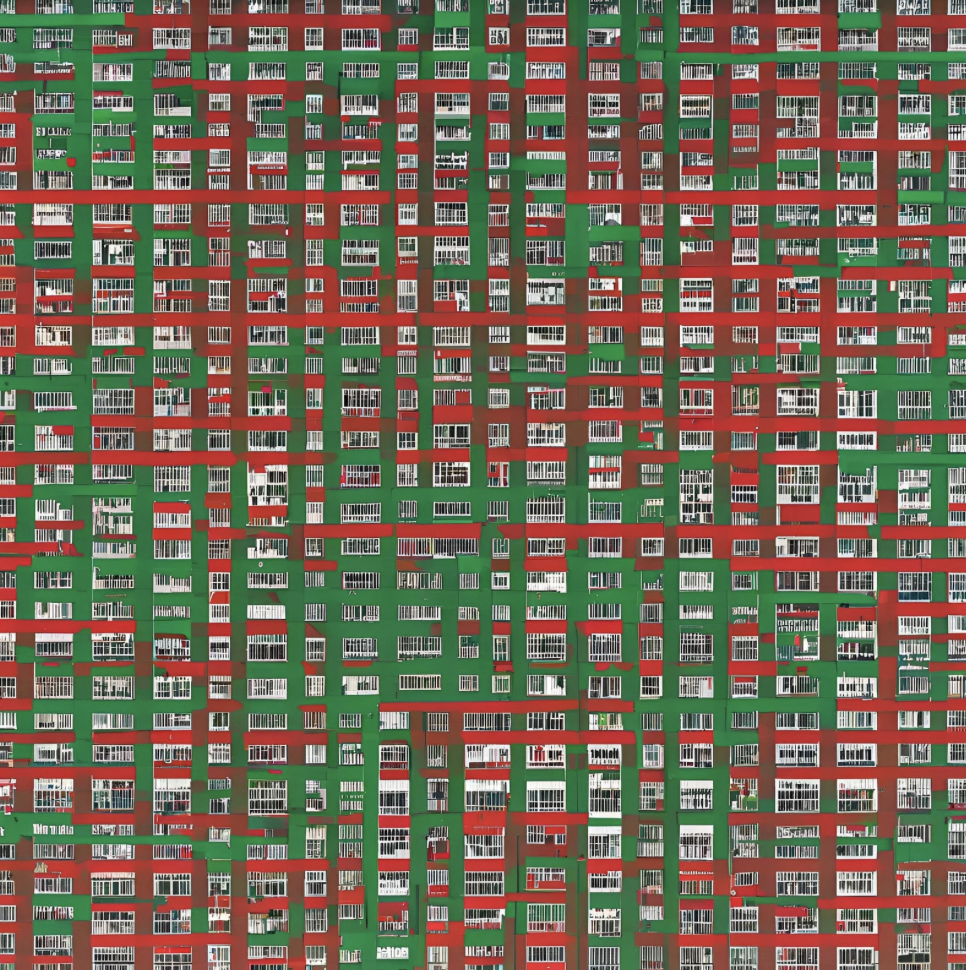

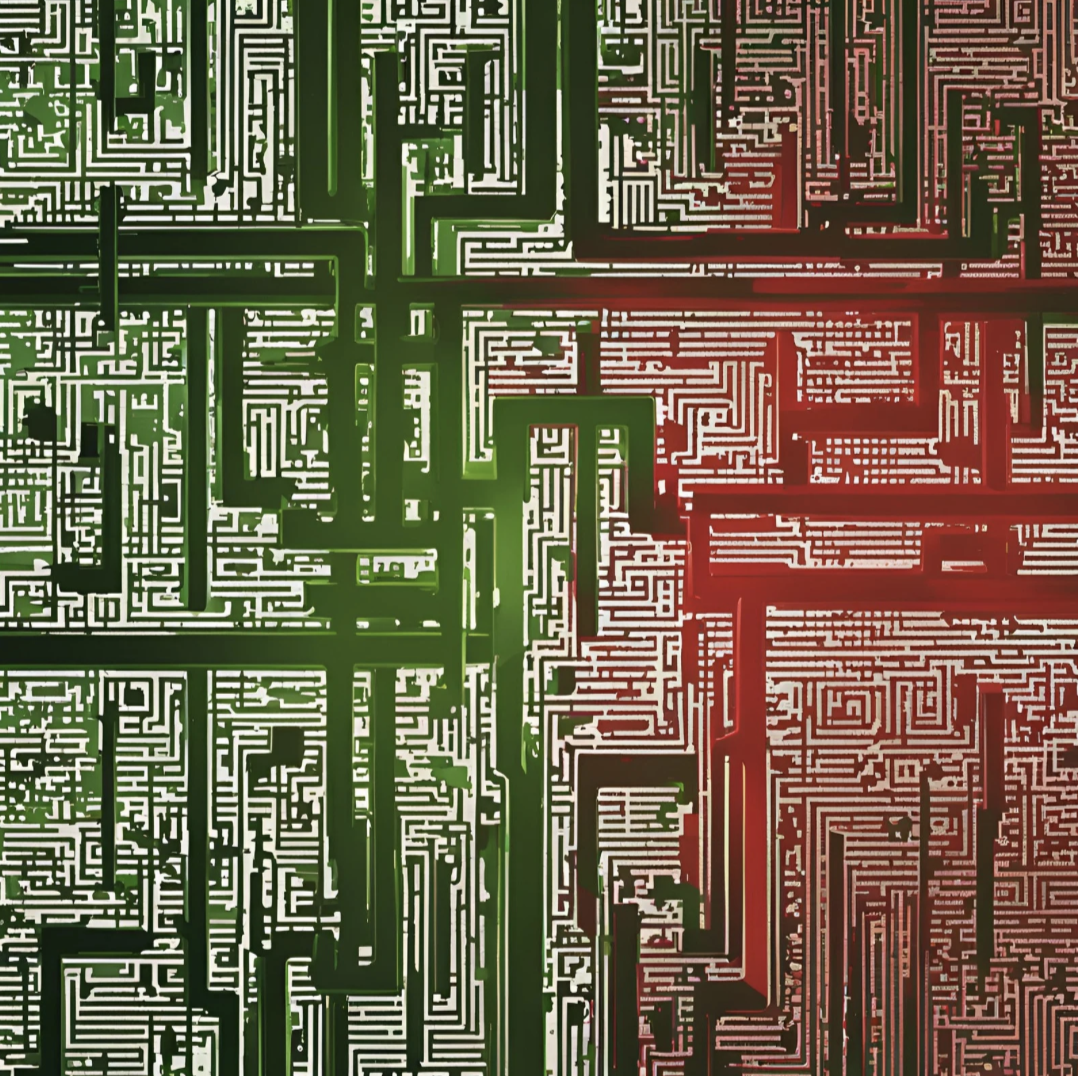
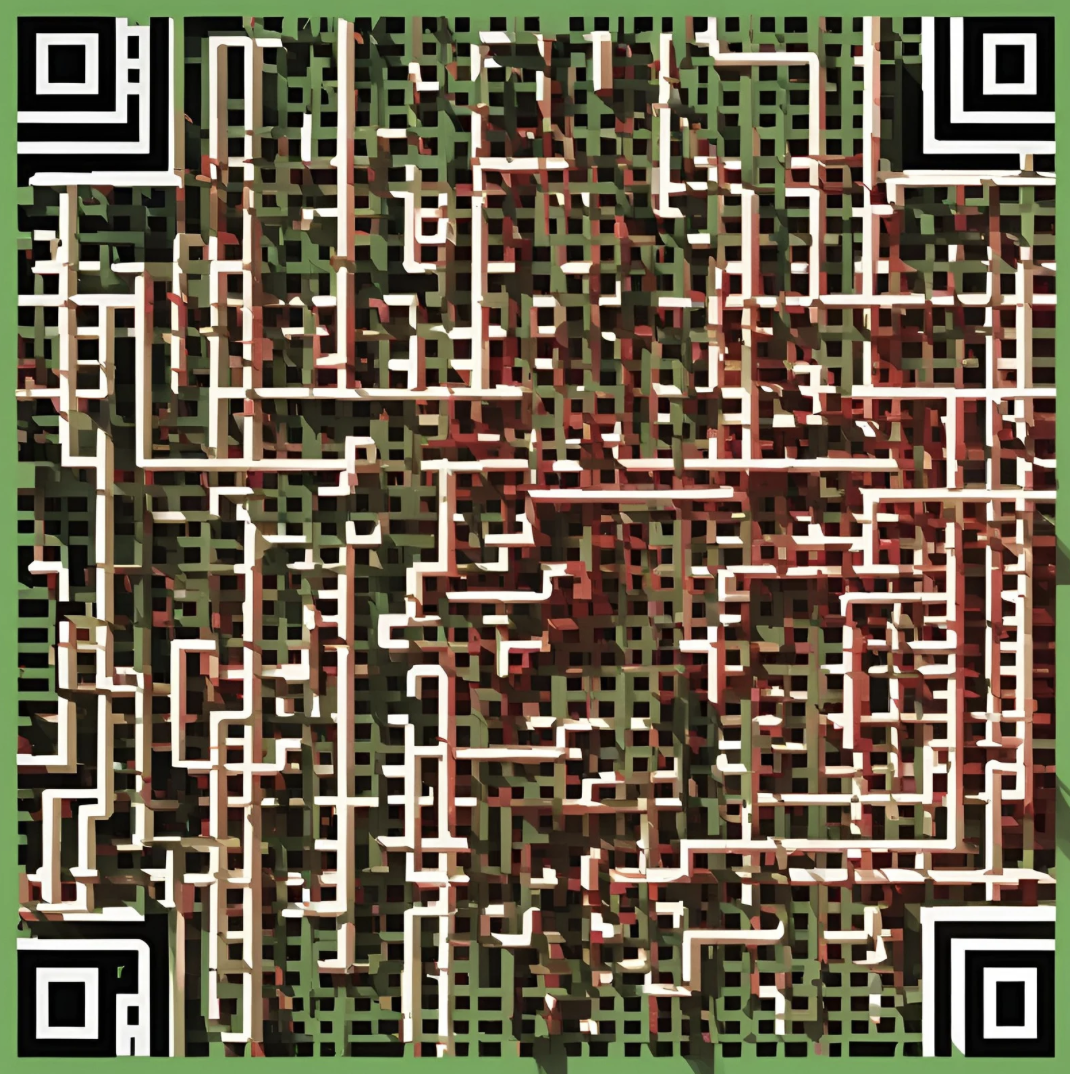
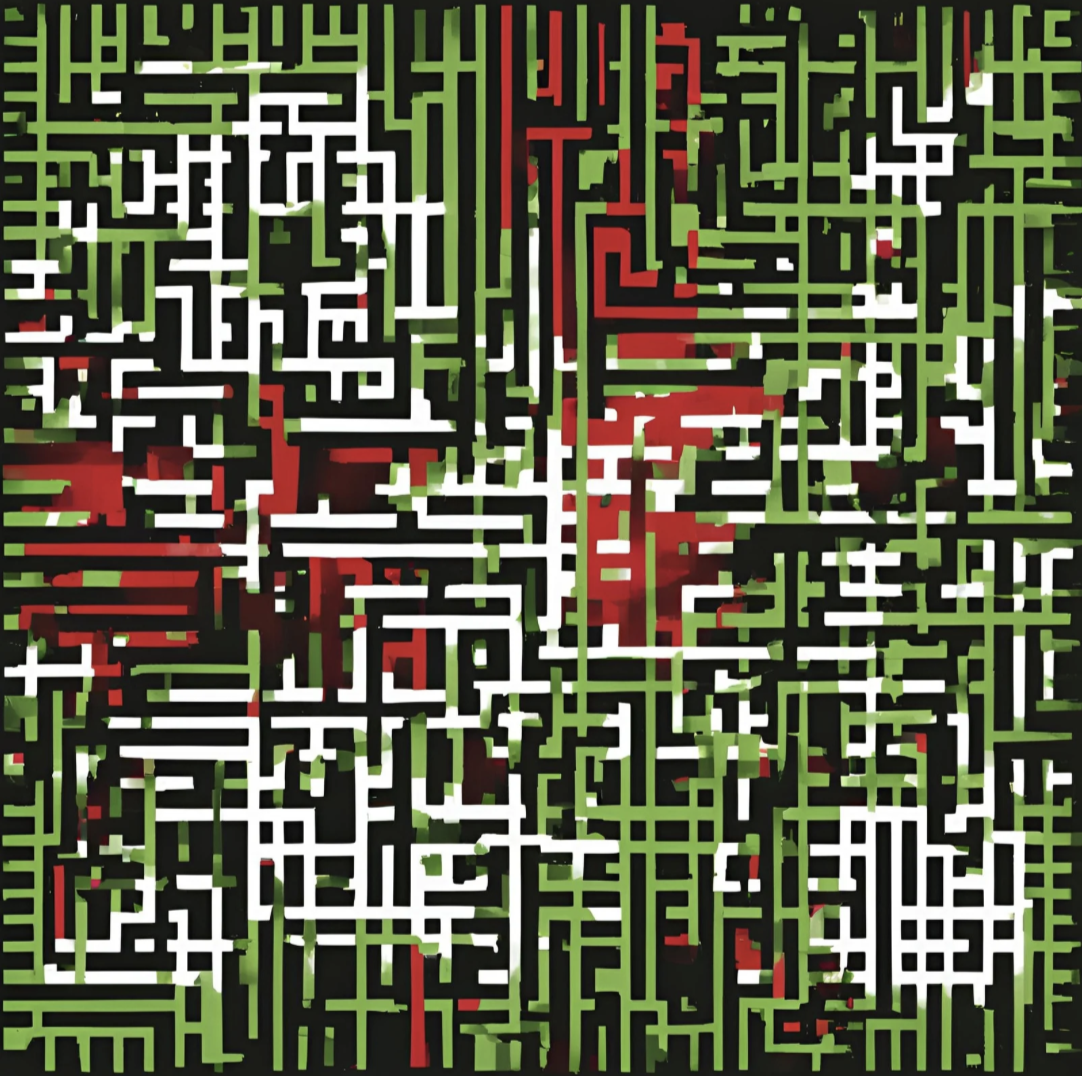


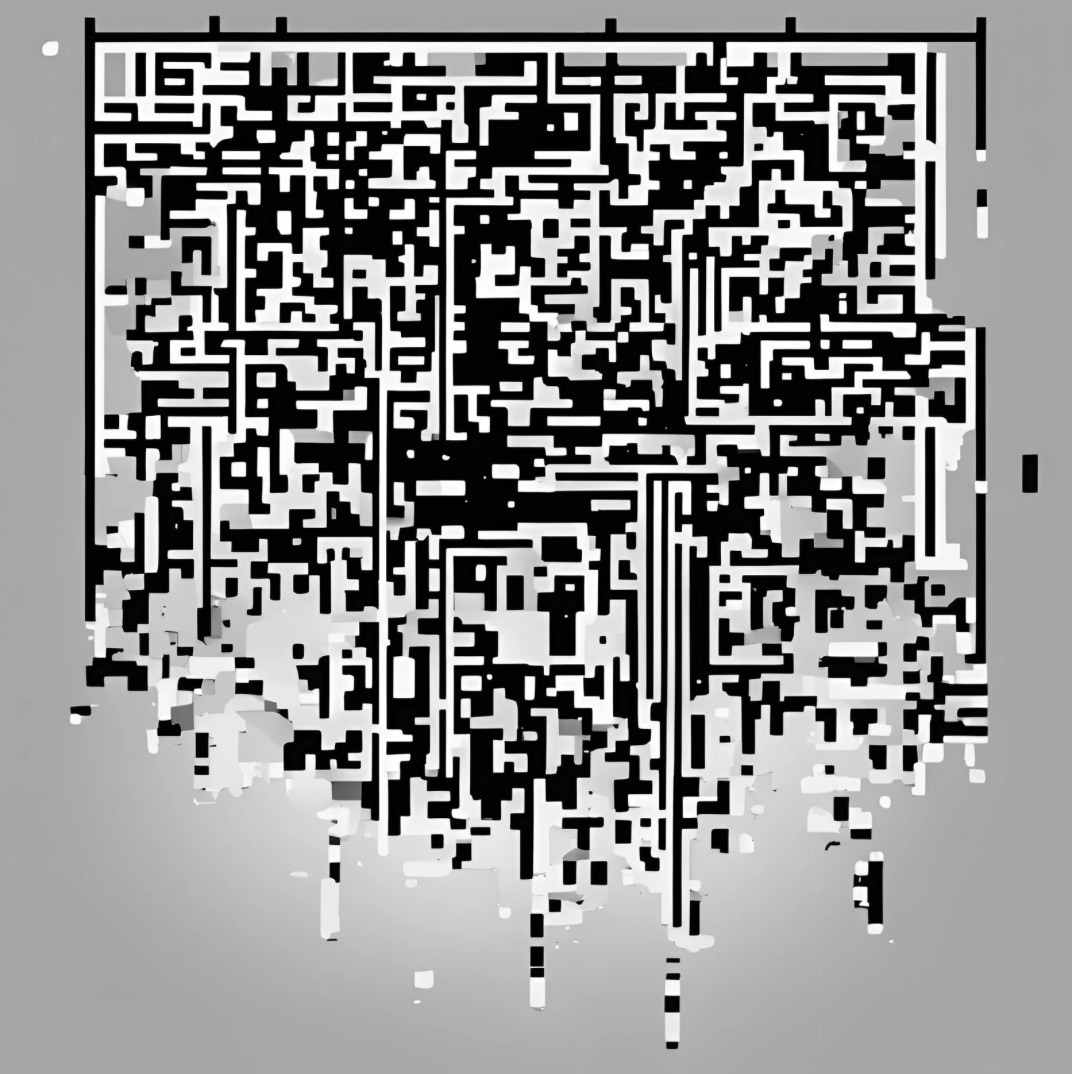
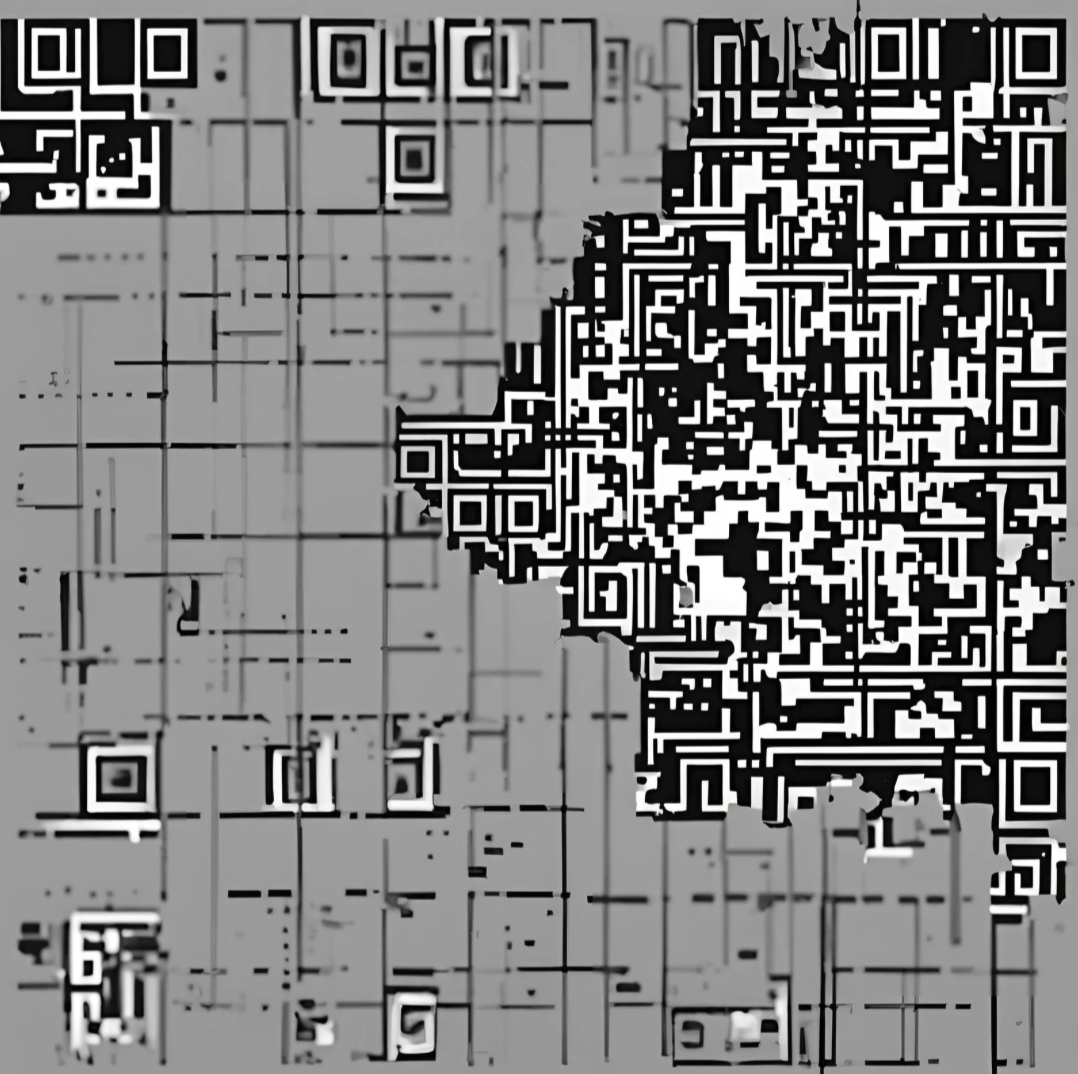
${Sheep}
One parse here. Another
there. I scroll, you harvest, scrape,
and shear. I bleat. Dry.

















On Loop
Wake, scroll, sleep, repeat.
Life passes, I reel. I wonder—
is this/is even real?














